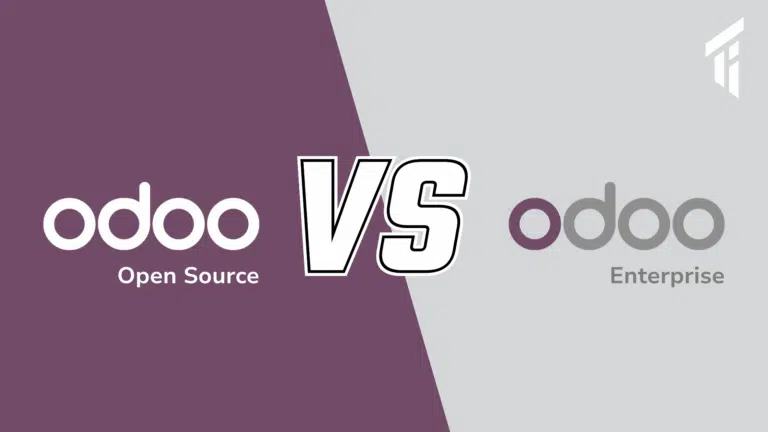Alright, so you are thinking to have your own ERP system. As perfect the decision is, the approach needs to be perfect too, right? An ERP solution is a definite boost to your enterprise’s productivity and streamlines the operations for smoother functionality.
Ok, but what should the approach should be?
- Should you craft an ERP system and manage your business processes in line with that?
- Or manage the processes first and then design and implement the ERP system?
This is just one such dilemma every business enterprise will have to look forward to implementing an ERP system. And the answer; keeps on revolving around various factors depending on the needs, requirements, domain and other parameters.
So what’s the solution?
What if we say that you should do both the things in parallel? Cutting it short, the new system implementation and the process design are the two parallel processes, running side by side.
Business process improvement is not a one-time solution. Its more like a journey. The new requirements will keep coming, and the system has to evolve accordingly. Similarly, as the system evolves, various processes would need modification and the process goes on.
What are your key requirements
Did your team brainstorm the processes that need to be supported by your new system? A high level assessment of the to-do list is necessary. It’s highly recommended that the project team sit and develop the processes. This should cover essentially all major factors – the boundaries of the processes, the metrics, the vision and the major activities.
Business process improvement regardless of the system
There would be certain processes recognized during the development stage that would demand certain processes to be covered no matter what the decision is. These might include documentation, training, procedures and others – this is a discussion about the processes that are to be done even before the new system comes into place. These changes are essential and will need to be done, regardless of the new system.
Design processes in accordance with the new system
Once the system has been selected, keeping in mind the key requirements, all should fall into place subsequently. However the job doesn’t end here. A more detailed study of the current processes in accordance with the vision for the future should be performed. The business processes should then be designed as per the newly developed system.
Business process improvement during implementation
Although it is important to have your business process written down properly before starting the project and then implement the project according to that process but it is equally important to tweak your processes a little bit to improve the overall business workflow.
For example, if you are always sending a printed copy of the PO to the customer, don’t hold yourself to this and go to electronic transmission (email or even EDI – Electronic Data Interchange) of the purchase orders.
Business process improvement after implementation
There would be certain low priority improvements which can wait, and will come into effect only when the new system goes live. These changes in various cases might be much larger and could have a deeper impact on the system. These are the changes that should be completed once the system goes stable.
On the whole, ERP application solutions can serve as an outstanding tool for data and information in particular for medium and large companies, especially for making improved decisions and achieving necessary goals.
If you like the article don’t forget to subscribe to our newsletter here.



